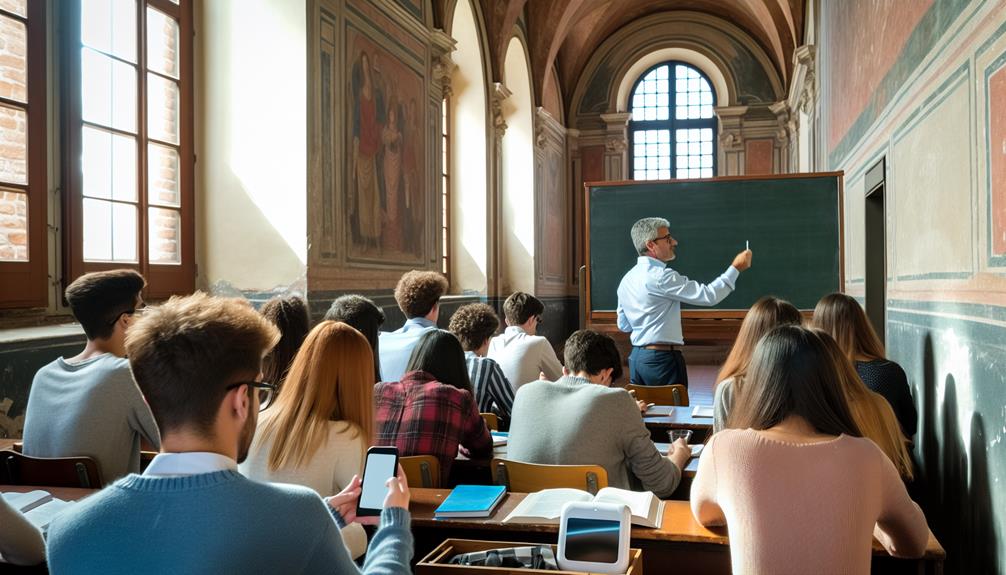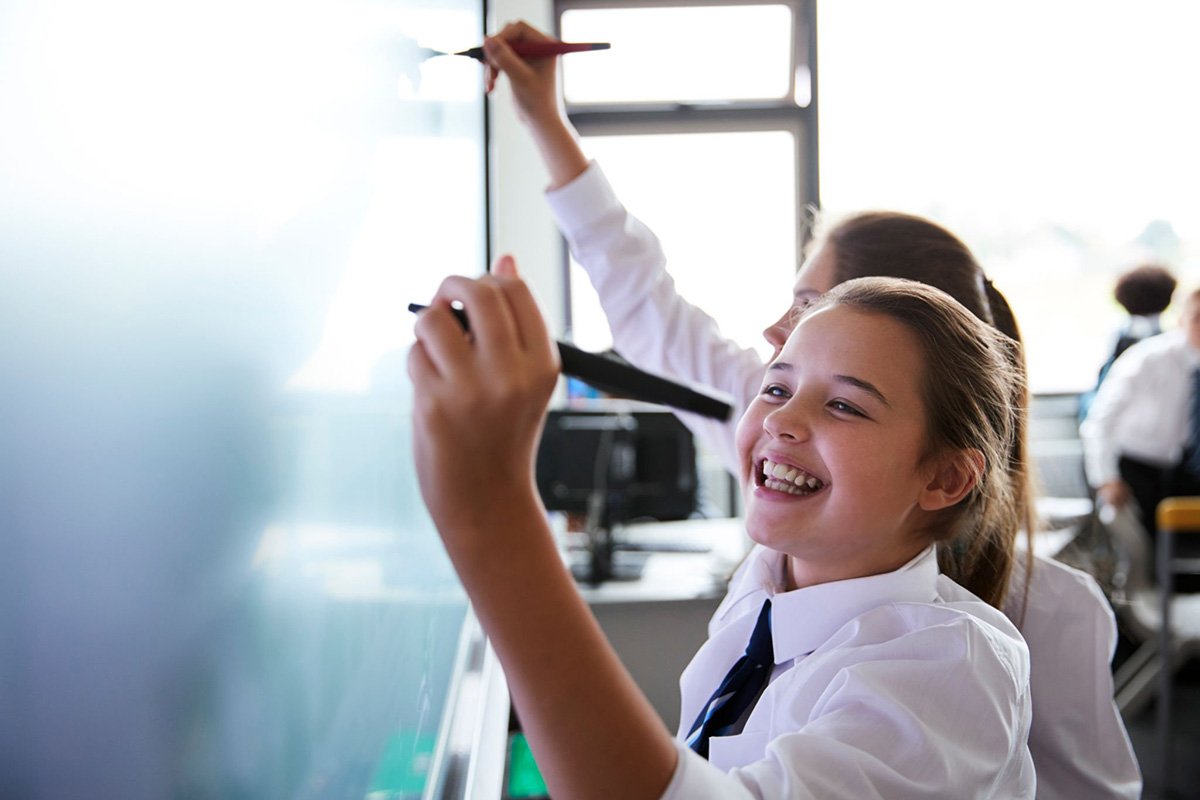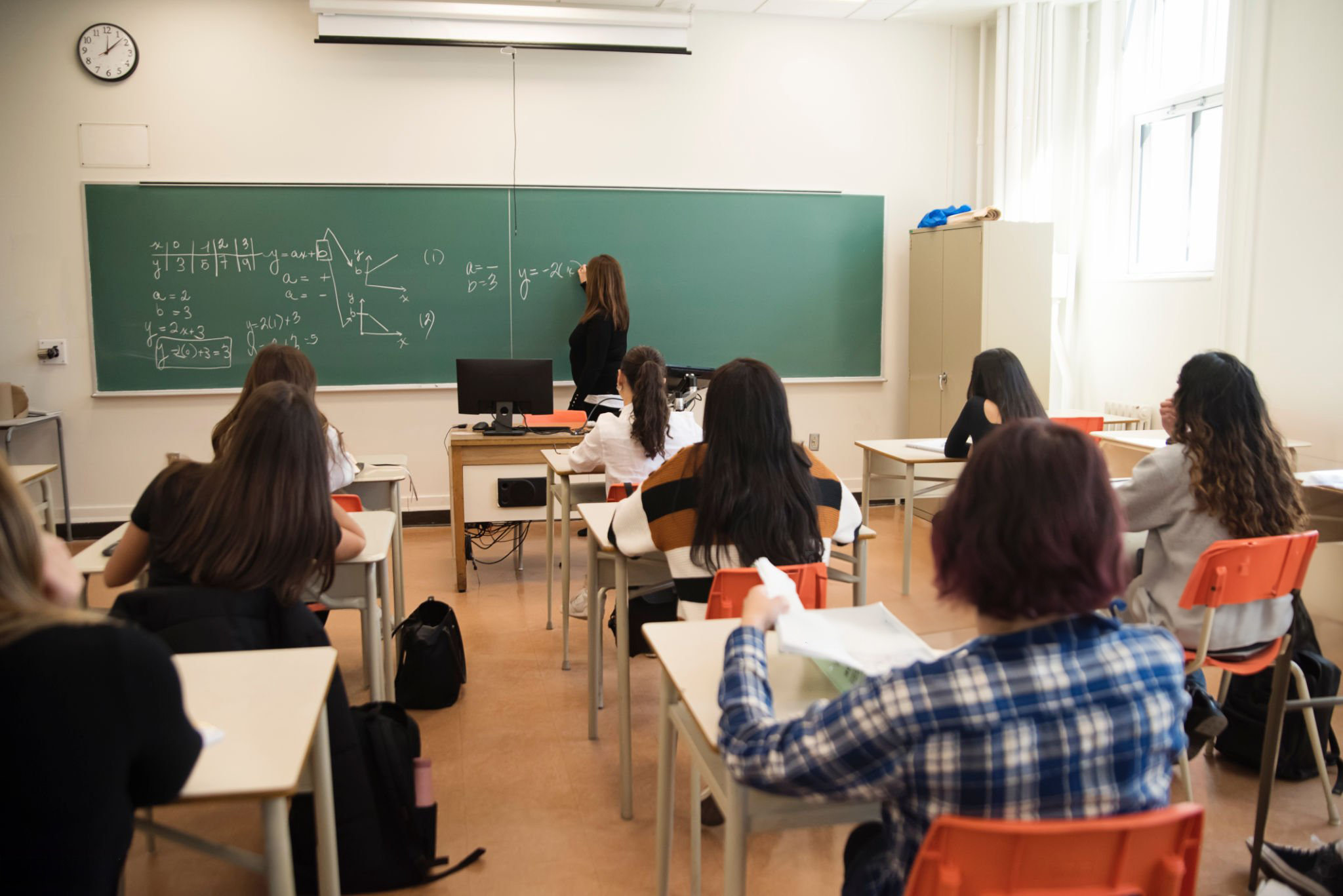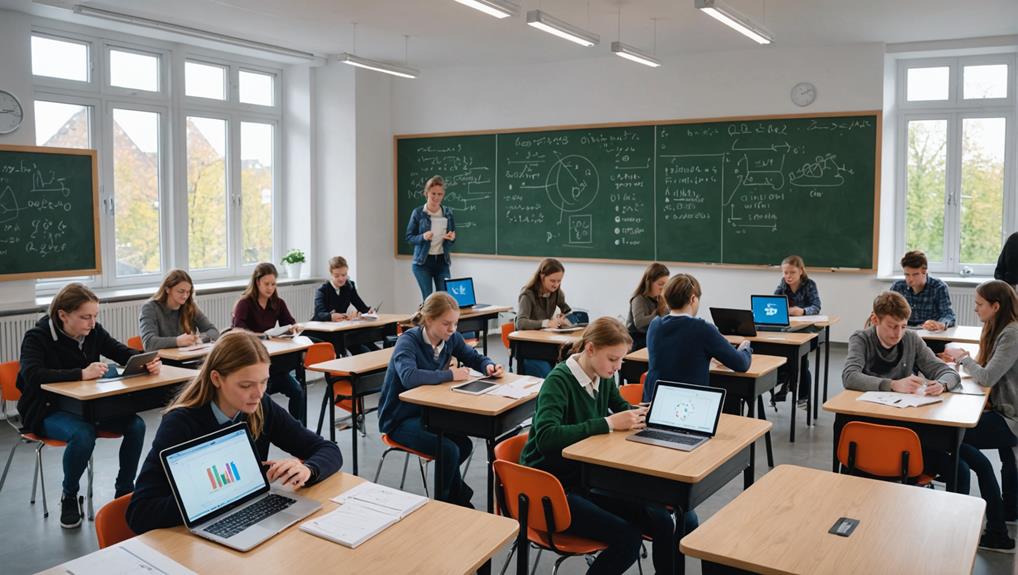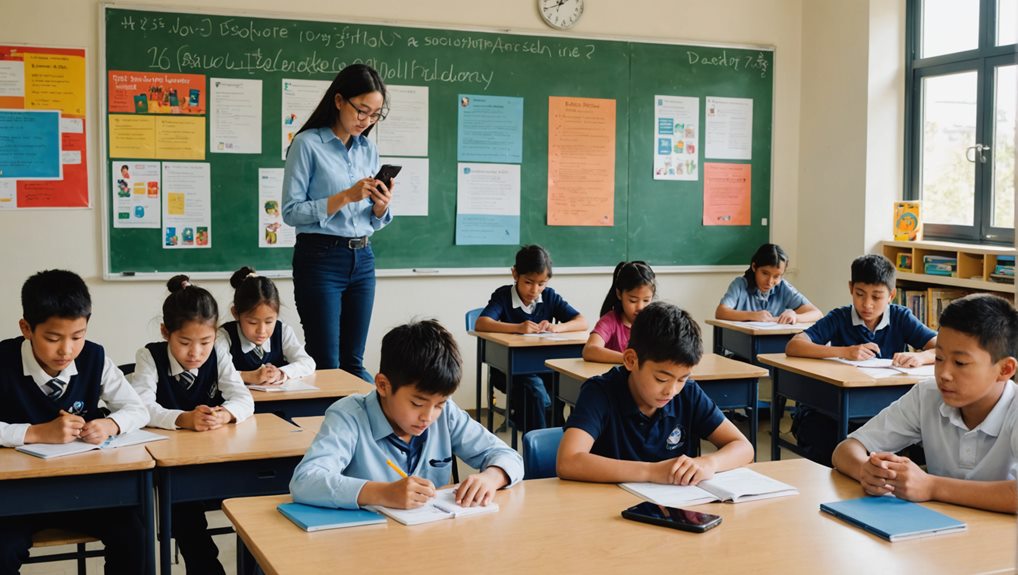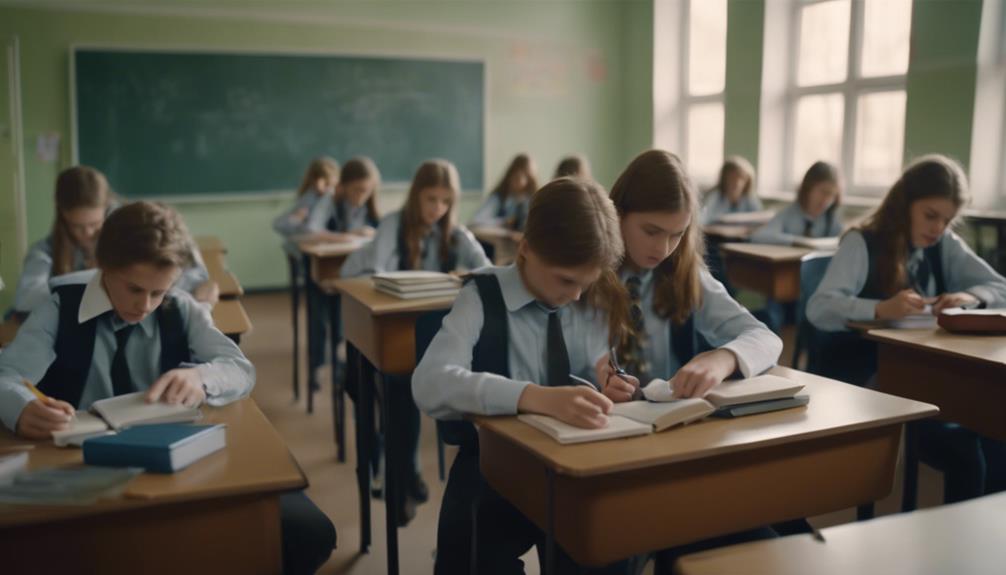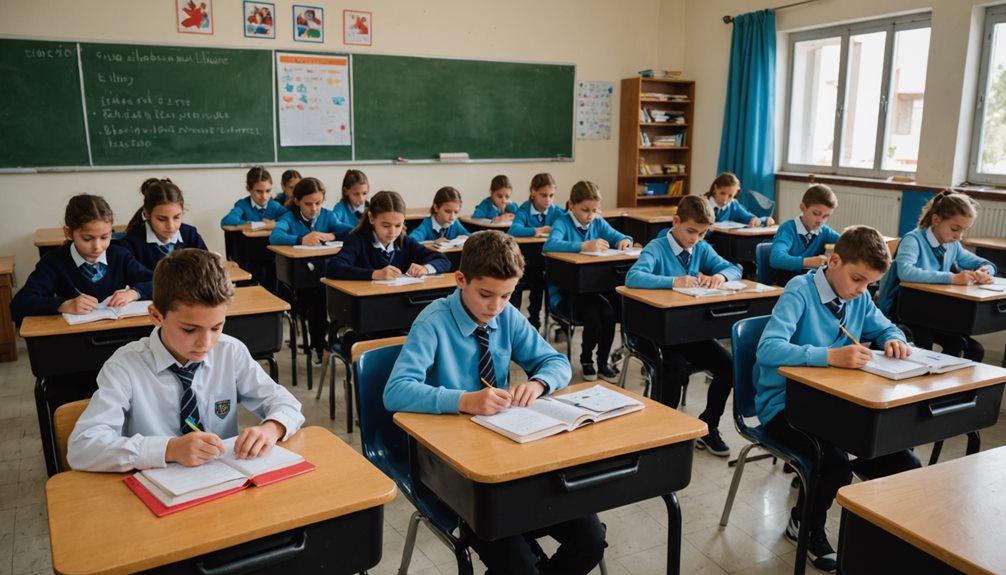Italy Bans Smartphones in Classrooms
Italy’s recent decision to ban smartphones and tablets in classrooms, extending from primary to junior high levels, marks a significant step in their educational strategy aimed at fostering a more focused learning environment. This policy shift, rooted in the desire to minimize distractions and enhance student engagement, reflects broader global trends in managing mobile device use within educational institutions. As Italy bans smartphones in classrooms, what implications does this move have for academic performance and classroom dynamics? And how does this align with similar measures in other countries? These questions present a compelling context for examining the evolving relationship between technology and education.
Key Takeaways
- Italy has extended its ban on smartphones to nursery, primary, and lower secondary schools.
- The ban aims to enhance academic focus and reduce classroom distractions.
- Studies show students without smartphones score 10% higher on tests.
- The policy supports traditional learning methods and teacher-guided use of tablets.
- Enforcing the ban uniformly remains a challenge across Italian schools.
The Initial Ban on Mobile Phones in 2007
In 2007, Italy implemented its first ban on mobile phones in classrooms, marking a significant step in the nation’s efforts to enhance educational focus and minimize distractions. This policy aimed to improve the impact on learning by reducing interruptions and fostering a more concentrated environment. Data from various educational studies indicated that mobile phones often contribute to decreased attention spans and lower academic performance, which supported the rationale for the prohibition.
From a behavioral standpoint, the restriction led to notable improvements in student behavior. Teachers reported fewer instances of cheating, cyberbullying, and classroom disruptions, which contributed to a more conducive learning atmosphere. Teacher perspectives overwhelmingly favored the policy, with many advocating for further measures to confirm its effectiveness.
Parental concerns, however, were mixed. While some parents appreciated the focus on academic achievement, others worried about their ability to communicate with their children during emergencies. To address this, schools offered alternative communication methods to alleviate these concerns.
The ban also spurred discussions on technology integration in education. It highlighted the need for a balanced approach that leverages technology for educational purposes while minimizing its potential for distraction. This initial ban set the stage for future policies aimed at optimizing the learning environment.
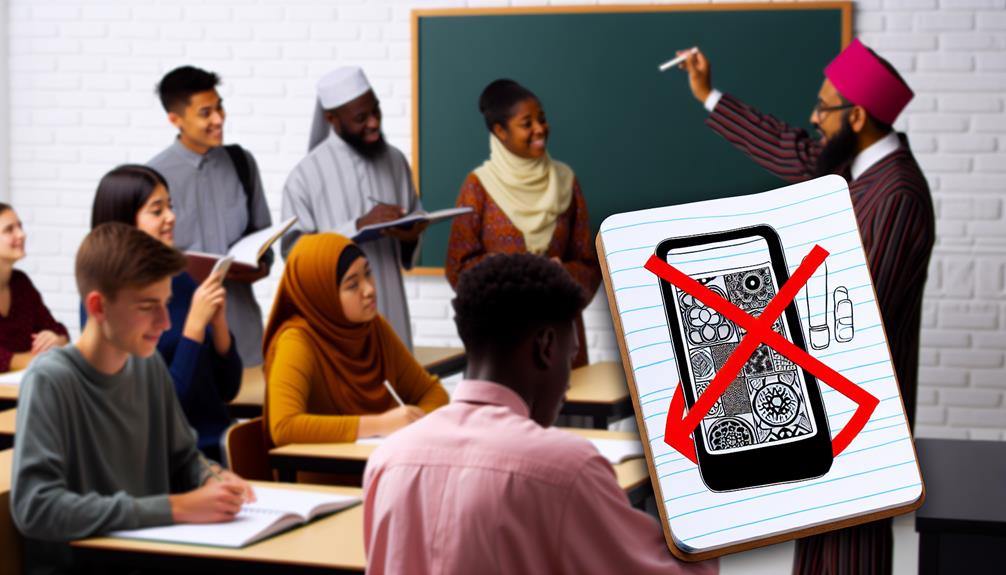
New Ban on Smartphones and Tablets
On Wednesday, 10 July, Italy’s education minister Giuseppe Valditara announced a new regulation that extends the prohibition of mobile phones in schools to encompass primary to junior high levels. This measure, introduced by the nationalist League party, aims to eliminate smartphones from academic settings, including for teaching purposes. Instead, tablets and computers can be employed solely with teachers’ consent, focusing on the educational use of technology.
The new guidelines emphasize the ban on smartphones in nursery, primary, and lower secondary schools, highlighting the importance of traditional methods such as pen and paper for certain assignments. This initiative builds on the 2007 policy, which only restricted non-academic use of smart devices but permitted educational use. The updated regulation, set to be enforced from September, removes these allowances.
The ban’s potential impact on learning and student engagement is significant, as it seeks to minimize distractions. However, enforcing this policy presents challenges, particularly in consistent application across schools.
While promoting classic learning methods, the regulation also raises questions about digital literacy in an increasingly tech-driven world. Parental support will be vital for the successful implementation and adherence to these new rules.
Reasons for the Italy Bans Smartphones in Classrooms
Education policymakers in Italy have cited several convincing reasons for implementing the smartphone ban in classrooms. The primary goal is distraction prevention, as mobile devices often divert students’ attention away from instructional activities. According to a 2024 study, students who refrained from using smartphones during class showed significantly better academic performance, scoring higher on tests. This emphasizes the importance of reducing distractions to improve academic focus.
Furthermore, the ban aims to enhance student engagement. Data indicate that classrooms free from smartphone interference create an environment where students are more likely to participate actively in discussions and collaborative projects. This improved engagement correlates with higher retention rates and deeper understanding of the material.
Another essential factor is classroom productivity. By eliminating the constant interruptions caused by notifications and social media, teachers can maintain a seamless flow of instruction. Research has shown that uninterrupted lessons can increase the overall efficiency of teaching, allowing educators to cover more material in a given timeframe.
Lastly, the policy aims to foster a positive learning environment. A smartphone-free classroom minimizes cyberbullying incidents and reduces the pressure of social media, contributing to students’ mental well-being. Collectively, these measures are designed to create an ideal setting for academic success.
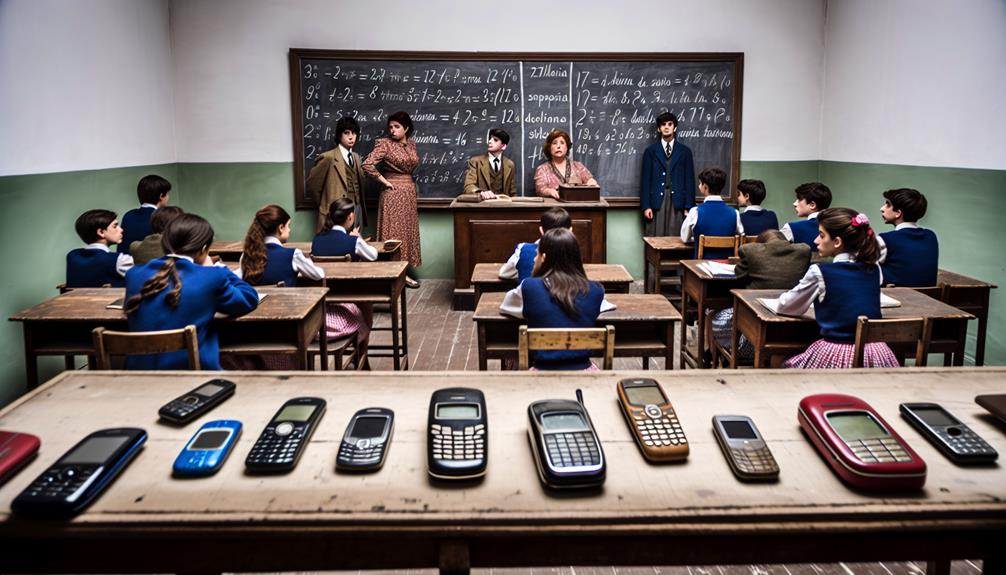
Comparison with Other Countries
Italy’s decision to ban smartphones in classrooms aligns with a growing international movement addressing the educational impacts of digital devices. This policy mirrors actions taken in France, where a nationwide ban has also been implemented to mitigate student distractions and enhance classroom management. The focus is on minimizing the negative impact on learning and ensuring students are more engaged during lessons.
In contrast, the UK and Germany adopt a more decentralized approach, leaving the decision to individual schools or states. This allows for flexibility but also results in uneven enforcement and varied outcomes concerning student focus and parental concerns. Both countries recognize the importance of digital literacy but struggle with balancing it against the pervasive issue of distractions posed by smartphones.
Globally, the trend toward regulating mobile phone use in schools is gaining momentum. Last year, UNESCO recommended a worldwide ban on smartphones in educational institutions, emphasizing the need to address parental concerns about their children’s screen time and its implications for mental health. The overarching goal remains to create an environment conducive to effective learning, where technology enhances rather than detracts from educational objectives. These international comparisons underscore a shared commitment to improving classroom management and optimizing student outcomes.
Solutions for Managing Mobile Devices in Schools
A myriad of solutions exists for managing mobile devices in schools, each aimed at mitigating distractions and enhancing student focus. In light of Italy’s recent ban on smartphones in classrooms, innovative approaches are crucial to balancing technology integration with academic performance.
One effective solution is the use of signal-blocking pouches. These pouches offer several benefits:
- Maintain Focus: By keeping phones away from students, these pouches help reduce classroom distractions and improve student engagement.
- Prevent Cheating: With phones locked away, the opportunity for academic dishonesty is minimized, guaranteeing a fair testing environment.
- Parental Involvement: Customizable print areas on the pouches can display school logos or parental guidelines, fostering a sense of community and participation.
- Safe to Use: Equipped with a safety flexible pin, these pouches guarantee that students can handle them without risk of injury.
Signal-blocking materials further safeguard that phones are not just out of sight but also out of reach, maintaining focus and preventing the temptation of phone use. This approach aligns with broader goals of enhancing academic performance while integrating technology in a controlled manner.
Implementing such solutions can effectively manage mobile devices, supporting both student engagement and educational integrity.

Frequently Asked Questions
How Will the Ban Affect Students With Learning Disabilities?
How will the ban affect students with learning disabilities? The prohibition could limit access to assistive technology, hinder individualized education, disrupt classroom accommodations, challenge students with cognitive impairments, and reduce accessibility resources, thereby impacting their academic performance and engagement.
What Are the Penalties for Students Caught Using Smartphones?
Penalties for students caught using smartphones include parental involvement, administrative actions, and potential confiscation. The aim is to reduce classroom distractions, enhance academic performance, address privacy concerns, and improve social interactions among students.
Are There Exceptions for Emergencies or Urgent Situations?
Exceptions for emergencies consider privacy concerns, parental consent, and teacher training to guarantee proper handling. Addressing mental health and academic performance, these protocols aim to balance urgent needs with maintaining a peak learning environment.
How Will the Ban Be Enforced During Extracurricular Activities?
“An ounce of prevention is worth a pound of cure.” To enforce the ban during extracurricular activities, a combination of extracurricular monitoring, parental responsibility, and peer enforcement, complemented by technology alternatives, will minimize negative educational impact effectively.
What Provisions Are Available for Students Needing Internet Access for Research?
To address students’ research needs and guarantee academic support, schools are providing alternative educational resources and controlled technology use. Dedicated computer labs and supervised internet access points will facilitate necessary internet access for research purposes.
Conclusion
The recent ban on smartphones in Italian classrooms aims to enhance educational focus, minimize distractions, and improve academic performance. This decision aligns with global trends in managing mobile device use in schools and underscores the importance of traditional learning methods. By prioritizing student engagement and effective classroom management, Italy seeks to create an ideal learning environment. The approach mirrors similar initiatives worldwide, demonstrating a collective commitment to fostering better educational outcomes through regulated technology use.


